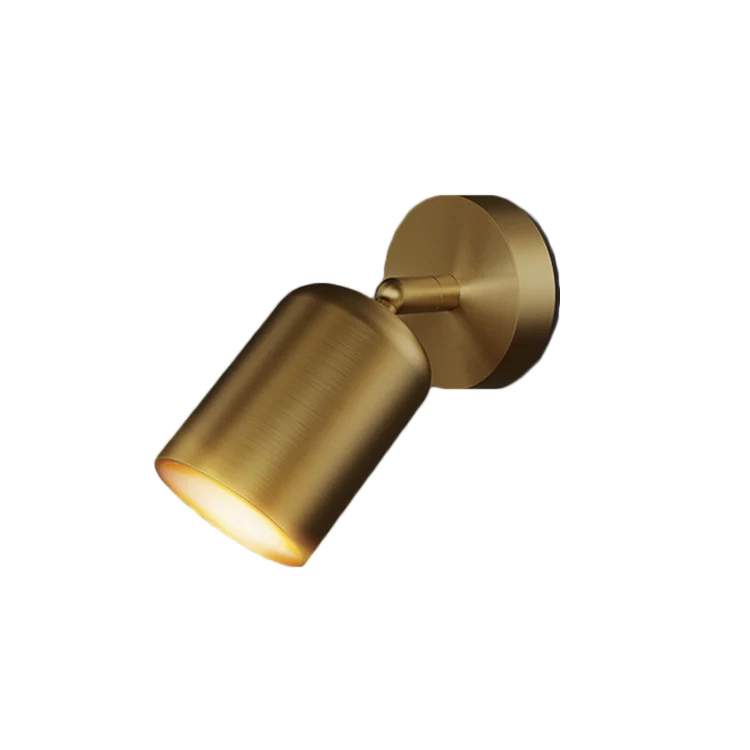LEAFLETS
PRODUCTS
Enhance Your Workspace With The Perfect Desk Lamp
The Importance of Good Lighting
Adequate lighting is far more than just being able to see your work. It directly impacts your physical and mental well-being. Poor lighting, characterized by harsh glare or insufficient illumination, can strain your eyes, leading to headaches, blurred vision, and even long-term eye damage. This strain doesn't just affect your physical comfort; it significantly reduces your concentration and productivity. Imagine trying to focus on a complex task with a dull ache behind your eyes – it's a recipe for frustration and inefficiency.
Beyond the immediate effects, insufficient or inappropriate lighting can also contribute to fatigue and mood swings. A dimly lit workspace can feel oppressive and lead to a sense of lethargy. Conversely, a well-lit space feels more open and inviting, promoting a more positive and productive work environment. The right lighting can literally brighten your day, enhancing your mood and overall sense of well-being.
The quality of light itself is crucial. Harsh, flickering light from inadequate sources can cause eye fatigue far more quickly than a soft, consistent light source. Choosing a lamp with a high Color Rendering Index (CRI) is essential. CRI measures how accurately a light source renders colors. A higher CRI (ideally above 80) ensures that colors appear natural and vibrant, making it easier to distinguish details and reducing eye strain.
Choosing the Right Type of Desk Lamp
The market offers a bewildering array of desk lamps, each with its own features and benefits. One of the first considerations is the type of lamp. Incandescent lamps, while offering warm light, are inefficient and generate significant heat. Fluorescent lamps are more energy-efficient but can often produce a harsh, cold light. LED lamps are the most energy-efficient option, offering a long lifespan and a wide range of color temperatures, from warm white to cool white.
The shape and design of the lamp also matter. A gooseneck lamp offers flexibility, allowing you to direct the light precisely where you need it. A clamp lamp is ideal for smaller spaces, as it attaches directly to your desk. Articulating lamps allow for a wide range of adjustments, ensuring optimal lighting regardless of your workspace setup. Consider your desk space and personal preferences when choosing a design.
The color temperature of the light is another critical factor. Cool white light (5000K-6500K) is often preferred for tasks requiring high concentration, such as writing or coding. Warm white light (2700K-3000K) is more relaxing and suitable for reading or less demanding tasks. Some lamps offer adjustable color temperature, giving you the flexibility to tailor the lighting to your specific needs throughout the day.
Brightness and Adjustability
The brightness of your desk lamp is paramount. Insufficient brightness leads to eye strain and fatigue, while excessive brightness can be equally detrimental, causing glare and discomfort. Look for a lamp with adjustable brightness settings, allowing you to customize the illumination to your preference and the time of day. A dimmer switch is a valuable feature, giving you fine-grained control over the light intensity.
Adjustability is another crucial aspect. A lamp with a flexible arm or adjustable head allows you to direct the light precisely where needed, minimizing glare and shadows. This is particularly important if you work on multiple tasks requiring different lighting angles, such as writing, reading, or using a computer.
Consider the size of your workspace and the type of tasks you perform when choosing the brightness and adjustability features of your lamp. A larger workspace may require a brighter lamp with a wider range of adjustment, while a smaller space might benefit from a more compact, focused light source.
Style and Aesthetics
While functionality is paramount, the aesthetics of your desk lamp shouldn't be overlooked. Your workspace is a reflection of you, and a stylish lamp can enhance the overall ambiance and inspire creativity. Consider the style of your workspace and choose a lamp that complements it. Modern, minimalist designs work well in contemporary settings, while more traditional styles might be better suited for a classic or vintage workspace.
The material and finish of the lamp also contribute to its overall aesthetic appeal. Metal lamps offer durability and a sleek look, while wooden lamps can add a touch of warmth and natural elegance. The color of the lamp should complement your desk and other office accessories. A well-chosen lamp can be a statement piece that adds personality and visual interest to your workspace.
Ultimately, the perfect desk lamp is a personal choice, reflecting your individual needs and preferences. By considering the factors discussed above, you can select a lamp that not only enhances your workspace but also improves your productivity, comfort, and overall well-being. Investing in a quality desk lamp is an investment in yourself and your work.
SUBSCRIBE
INQUIRY










